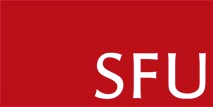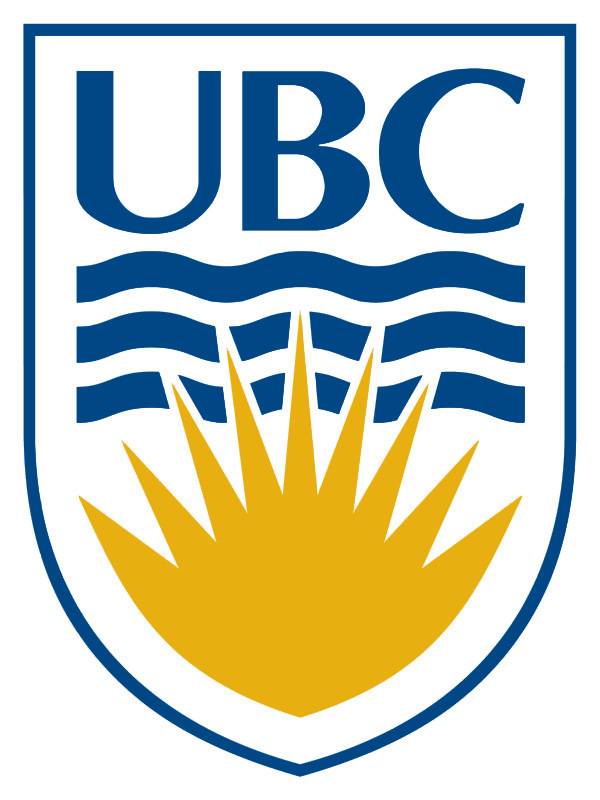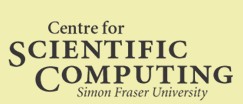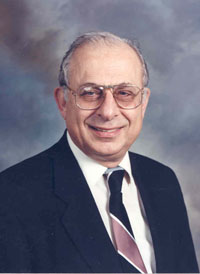





IEEE Circuits and Systems Society Distinguished Lecturer Program
IEEE
Circuits and Systems Society Joint Chapter of the Vancouver/Victoria Sections
IEEE Signal Processing Society Vancouver Chapter
Centre for Scientific Computing, Simon Fraser University
On the Root of Digital Signal Processing

Speaker:
Dr. Andreas Antoniou
IEEE Circuits and Systems Society Distinguished Lecturer
Professor Emeritus
Department of Electrical and Computer Engineering
University of Victoria, BC, Canada
Dates and Locations
Part I: Friday, October 12, 2007, 2:30 pm to 3:30 pm
ASSC-1: Room 10041 (The new building next to the Strand Hall and Bus Exchange)
Part II: Monday, October 15, 2007, 2:00pm to 3:00pm
Room KAIS 2020, Fred Kaiser Building (2332 Main Mall)
Please click here for registration and
webcast information.
![]()
Abstract
SFU Lecture: On the Roots of Digital Signal Processing - 300 BC to 1770 AD
Oct. 12, 2007, 2:30pm to 3:30pm, Room 10041, ASSC-1, SFU
The first lecture will deal with certain great achievements over the period 300 BC to 1770 AD. It
will demonstrate that in the process of deducing a value for pi, Archimedes of Syracuse was the
first person to discretize a continuous function, on the one hand, and to apply interpolation on
the other. The contributions of John Wallis and James Gregory during the 1600s to the concepts of
infinity and the limit of a function extended the work of Archimedes and immediately led to the
emergence of calculus. Newton continued the work of Wallis on what was known in those days as the
method of quadrature and in the process he discovered the binomial series. In due course, he saw
the big picture relating to the method of tangents (differentiation) and the method of quadrature
(integration) and formulated calculus as we know it today. This new powerful tool enabled others,
such as Stirling, Bessel, and Lagrange during the 1600s and 1700s to develop better and more
sophisticated interpolation methods. It turns out that Stirling's interpolation method can be used
to design nearly linear-phase lowpass recursive (FIR) filters which were not invented until the
1960s.
UBC Lecture: : On the Roots of Digital Signal Processing - 1770 to 1970
Oct. 15, 2007, 2:00pm to 3:00pm, Room KAIS 2020, Fred Kaiser Building, UBC
The second lecture will deal with certain landmark discoveries over the period 1770 to 1970. It
will demonstrate that the mathematical tools for spectral analysis were introduced by a group of French mathematicians who studied or taught at Ecole Polytechnic in Paris during or soon after the
French Revolution over a period of no more than 50 years or so. Lagrange and Laplace were
teachers of Fourier and Poisson, Fourier was a teacher of Derishlet, and Poisson took the Chair of
Fourier when the latter was appointed a Prefect in Grenoble by Napoleon. The processing of
numerical data by machines was explored by many, including Pascal and Leibniz, but the most
ambitious attempt was by Babbage who is often regarded to be the father of computing. However, the
presentation will show that contrary to popular belief, what Babbage attempted to do during his
entire professional life was to build a mechanical discrete system that would compute the entries
of numerical tables and also print the tables in a single consolidated operation. The lecture will
also deal with the origins of the sampling theorem which is attributed to Nyquist and/or Shannon.
Actually, this famous theorem was discovered independently by several engineers or scientist around
the 1930s and 1940s but the underlying principles were known to mathematicians long before that
time and are closely related to an interpolation method due to the great Lagrange.
Biography of Dr. Andreas Antoniou
Dr. Andreas Antoniou is a Fellow of the IET (previously known as IEE) and the IEEE. He taught at Concordia University from 1970 to 1983, was the founding Chair of the Department of Electrical and Computer Engineering, University of Victoria, B.C., Canada, from 1983 to 1990, and is now Professor Emeritus. He is the author of Digital Signal Processing: Signals, Systems, and Filters published by McGraw-Hill in 2005 and the co-author with Wu-Sheng Lu of Optimization: Algorithms and Applications published by Springer in 2007. Dr. Antoniou served first as Associate and later as Chief Editor for the IEEE Transactions on Circuits and Systems from 1983 to 1987, as Distinguished Lecturer of the IEEE Signal Processing Society in 2003, as General Chair of the ISCAS 2004, and is now serving as Distinguished Lecturer of the CAS Society. He received the Ambrose Fleming Premium for 1964 from the IEE (best paper award), a CAS Golden Jubilee Medal, and the IEEE CAS Technical Achievement Award for 2005.
![]()
Registration for Part I lecture at SFU on Oct. 12
Please register to help us prepare refreshments and collect audience statistics.
![]()
Registration for Part II lecture at UBC on Oct. 15
Please register to help us prepare refreshments and collect audience statistics.
Webcast for Part I lecture at SFU
Please click here after 2pm on Oct 12 to join the WebEx-based webcast for the lecture at SFU. The password will be emailed to you after you register for the event.
Webcast for Part II lecture at UBC
Please click here after 1:30 pm on Oct 15 to join the WebEx-based webcast for the lecture at UBC. The password is casdlp10.
![]()
Feedback
Please kindly send us your feedback about the event and the webcast so that we may improve the delivery in the future (maximum length: 500 characters).
![]()
Contact
Please contact Dr. Jie Liang (Email: JieL at sfu dot ca) if
you have any question.